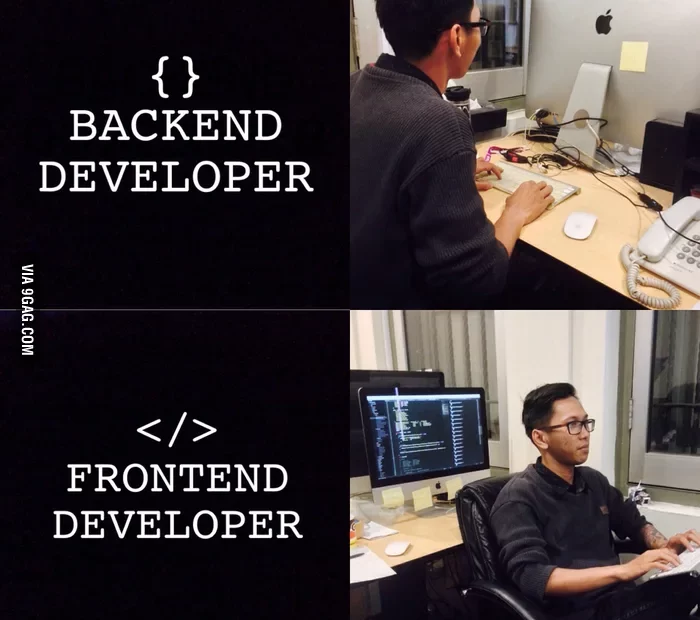In the dynamic realm of web development, two crucial components work in tandem to create seamless and interactive digital experiences: the frontend and the backend. These distinct facets play distinct roles, harmonizing to deliver the websites and applications we use daily.
Frontend: The User Interface Maestro
The frontend, also known as the client-side, is the part of a website or application that users directly interact with. It encompasses the design, layout, and overall user experience. Frontend developers utilize languages such as HTML, CSS, and JavaScript to craft visually appealing and responsive interfaces. User interfaces are like the storefront of a digital space, determining how users perceive and engage with the content.
Key responsibilities of frontend development include ensuring a website’s responsiveness across various devices, creating intuitive navigation, and optimizing the overall user experience. As users click buttons, scroll through pages, and interact with forms, they are engaging with the frontend of a web application.
Backend: The Architect of Functionality
Contrary to the frontend’s user-centric focus, the backend, or server-side, operates behind the scenes, managing data, logic, and the overall functionality of a website or application. Backend developers work with server-side languages like Python, Ruby, Java, or PHP to build the logic that powers the application. Databases, server configuration, and application logic all fall under the domain of backend development.
The backend is responsible for handling user requests, processing data, and ensuring that the right information is delivered to the frontend. For instance, when you submit a form on a website, the backend processes the data, validates it, and stores it in a database. When you log in, the backend verifies your credentials and grants access accordingly.
The Symbiotic Relationship
While frontend and backend development may seem like separate entities, they are intrinsically linked, forming a symbiotic relationship. A visually stunning frontend relies on a robust backend to function seamlessly, and a powerful backend requires an intuitive frontend to provide value to the end user.
In summary, frontend and backend development are the two pillars that uphold the digital landscape. Frontend developers craft the user experience, while backend developers build the engine that powers the experience. The collaboration between these two realms results in the dynamic, user-friendly web applications we enjoy today. Whether you’re marveling at a sleek interface or appreciating the efficiency of data processing, you’re witnessing the harmonious interplay of frontend and backend development.
SOURCE:
ChatGPT
https://img-9gag-fun.9cache.com/photo/aKB7Bz1_700bwp.webp
https://www.youtube.com/watch?v=oGM4LI9Z9HE&ab_channel=AaronJack
